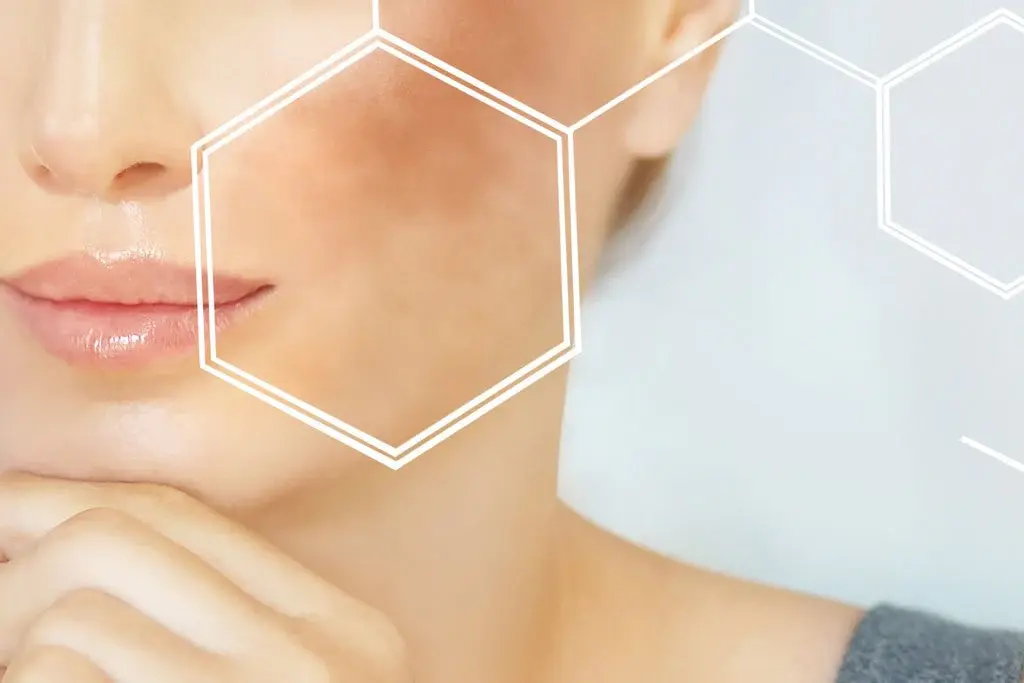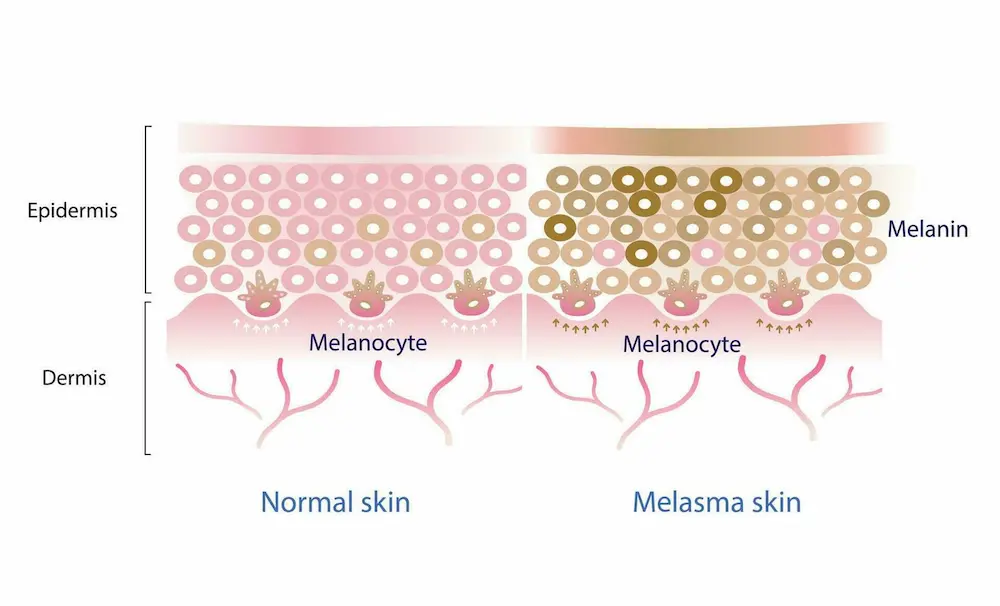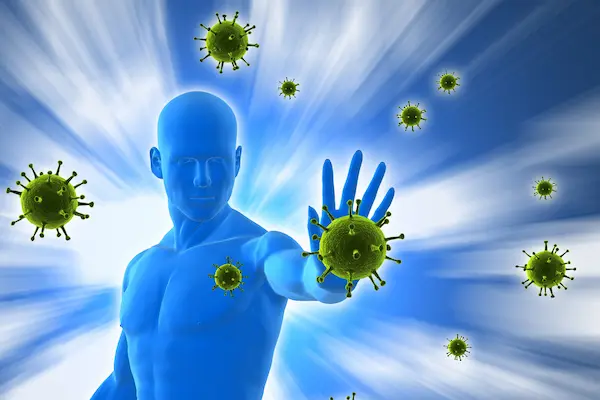
PROMO!
First order? Get 10% OFF with this code: 1storder

Peptide tanning is an area of research that explores how synthetic peptides may influence the natural process of skin pigmentation. Instead of depending only on sun exposure, these compounds are being studied for their ability to interact with the body’s pigment-producing pathways.
The idea has gained attention because it helps researchers better understand how tanning occurs, what triggers melanin production, and how different peptides play a role in this process. Among the most widely studied are Melanotan 1 and Melanotan 2, each offering unique insights into pigmentation research.
In this article, we’ll explore the science of peptide tanning step by step, moving from melanin’s role to the specific findings around these peptides.
Discover Melanotan 1 from Peptide Works, a peptide that stimulates gradual melanin production, offering steady tanning results without the need for sun exposure.

Central to peptide tanning research is melanin, the pigment that naturally determines the color of the skin, hair, and eyes. This pigment is created by specialized cells called melanocytes, which reside in the skin’s outermost layer. The amount and type of melanin produced determine how light or dark a person’s skin appears, as well as how the skin responds to sunlight.
In research, melanin is more than just a cosmetic factor it plays a key role in protecting the skin by absorbing harmful UV rays. Understanding how melanin is regulated provides the foundation for studying peptides like Melanotan 1 and 2, since both are designed to influence this very process.
Melanotan peptides are designed to mimic alpha-melanocyte stimulating hormone (α-MSH), a natural signal that tells melanocytes to produce melanin. In research, Melanotan 1 (MT-1) has been shown to activate these pathways in a steady and controlled way, leading to gradual pigmentation changes.
Melanotan 2 (MT-2) works on similar receptors but is often observed to produce a stronger and faster tanning response in studies. By influencing melanin production directly, both peptides give researchers a clearer view of how pigmentation can be triggered without relying only on sunlight.
This makes Melanotan 1 and 2 valuable tools for studying the connection between peptides and skin color.
Although Melanotan 1 and 2 are both studied for their effects on pigmentation, research shows they behave in slightly different ways. These differences help to understand how each peptide tanning interacts with the body’s tanning process.
Melanotan 1 is known for producing a steady response, while Melanotan 2 tends to act more quickly but may also have additional effects. These differences are crucial in understanding how each peptide interacts with the body’s tanning process and how variations in peptide design can lead to distinct outcomes in melanin production.
| Feature | Melanotan 1 (MT-1) | Melanotan 2 (MT-2) |
|---|---|---|
| Primary Action | Stimulates melanin production gradually | Stimulates melanin more quickly and strongly |
| Receptor Target | Acts mainly on MC1R receptors | Acts on MC1R plus other related receptors |
| Response in Studies | More controlled, steady pigmentation | Faster tanning response observed |
| Other Observations | Focused on skin pigmentation pathways | Research notes possible effects beyond pigmentation |
Both peptides provide insights into how tanning can be triggered in different ways, which is why they remain important in pigmentation research.
Explore Melanotan 2 from Peptide Works, a powerful peptide that induces faster and stronger melanin production, perfect for achieving a quicker tan.

Tanning peptides are studied because they give scientists a way to look closely at how the skin produces melanin, the pigment that shapes our natural color. Instead of relying only on the sun, peptides such as Melanotan 1 (MT-1) and Melanotan 2 (MT-2) can trigger the same signals inside skin cells that normally respond to UV light.
MT-1 tends to create a slower and more steady effect, while MT-2 often shows a quicker and stronger response. By comparing them, researchers can see how different peptides influence tanning in unique ways.
This helps to uncover not just how peptide tanning works, but also how pigmentation might be supported in a safer, more controlled setting.
Peptide tanning can occur even without direct sun exposure because compounds like Melanotan 1 (MT-1) and Melanotan 2 (MT-2) stimulate melanocytes directly. These peptides tanning mimic signals that usually come from UV light, activating melanin production in a controlled way. MT-1 tends to produce gradual pigmentation, while MT-2 often triggers a faster response.
Laboratory studies using cell cultures and skin models show that these peptides can create measurable melanin increases without sunlight, allowing for safe observation of peptide tanning mechanisms. Understanding this UV-independent tanning helps explore how peptides influence pigmentation patterns, the duration of tan, and even potential applications in controlled skin studies, offering a deeper view of how peptide tanning works at the cellular level.
Peptide-induced tans, including those from Melanotan 1 and 2, generally last between 4 and 6 weeks without the need for maintenance. The time duration can be influenced by various factors, including an individual’s skin type, the particular peptide used, and how closely the application instructions are followed.
Regular touch-up applications can extend the tan’s longevity, with some users maintaining their tan for several months with minimal maintenance. It’s important to note that factors like skin exfoliation, hydration levels, and overall skincare routines can influence how long the tan lasts.
Understanding these variables can help users manage expectations and achieve the desired future results from peptide tanning.
Peptide tanning is opening new ways to understand how skin color develops. As scientists learn more about melanin production and skin pigmentation, tanning peptides like Melanotan 1 and 2 offer new ways to study how our skin creates color.
These compounds help researchers understand melanocyte function without UV exposure risks.
At Peptide Works, we supply researchers worldwide with reliable access to these peptides. Our focus is on delivering consistent quality, helping research professionals obtain the compounds they need for their studies with confidence.
[1] Langan EA, Nie Z, Rhodes LE. Melanotropic peptides: more than just ‘Barbie drugs’ and ‘sun-tan jabs’? Br J Dermatol. 2010 Sep;163(3):451-5.
[2] Dorr RT, Ertl G, Levine N, Brooks C, Bangert JL, Powell MB, Humphrey S, Alberts DS. Effects of a superpotent melanotropic peptide in combination with solar UV radiation on tanning of the skin in human volunteers. Arch Dermatol. 2004 Jul;140(7):827-35.
[3] Koikov L, Starner RJ, Swope VB, Upadhyay P, Hashimoto Y, Freeman KT, Knittel JJ, Haskell-Luevano C, Abdel-Malek ZA. Development of hMC1R Selective Small Agonists for Sunless Tanning and Prevention of Genotoxicity of UV in Melanocytes. J Invest Dermatol. 2021 Jul;141(7):1819-1829.
[4] Boo YC. Up- or Downregulation of Melanin Synthesis Using Amino Acids, Peptides, and Their Analogs. Biomedicines. 2020 Sep 1;8(9):322.
ALL CONTENT AND PRODUCT INFORMATION AVAILABLE ON THIS WEBSITE IS FOR EDUCATIONAL PURPOSES ONLY.
DISCLAIMER: These products are intended solely as a research chemical only. This classification allows for their use only for research development and laboratory studies. The information available on our Peptide Works website: https://peptide-works.com/ is provided for educational purposes only. These products are not for human or animal use or consumption in any manner. Handling of these products should be limited to suitably qualified professionals. They are not to be classified as a drug, food, cosmetic, or medicinal product and must not be mislabelled or used as such.
Peptide Works
Related Articles

Could Orexin A peptide Treat Daytime Fatigue?
Waking up tired frustrates many people. Dragging through a full day with heavy eyes and slow focus makes work and

How can the Adamax Peptide help Chronic Inflammation?
Chronic inflammation acts like a fire that never stops burning. It slows recovery, drains energy, and blocks proper tissue repair.

Can Vitamin B12 Immune System Support Enhance the Effects of Thymosin Alpha-1?
The Vitamin B12 immune system link is important because this vitamin plays a crucial role in DNA synthesis, methylation, energy